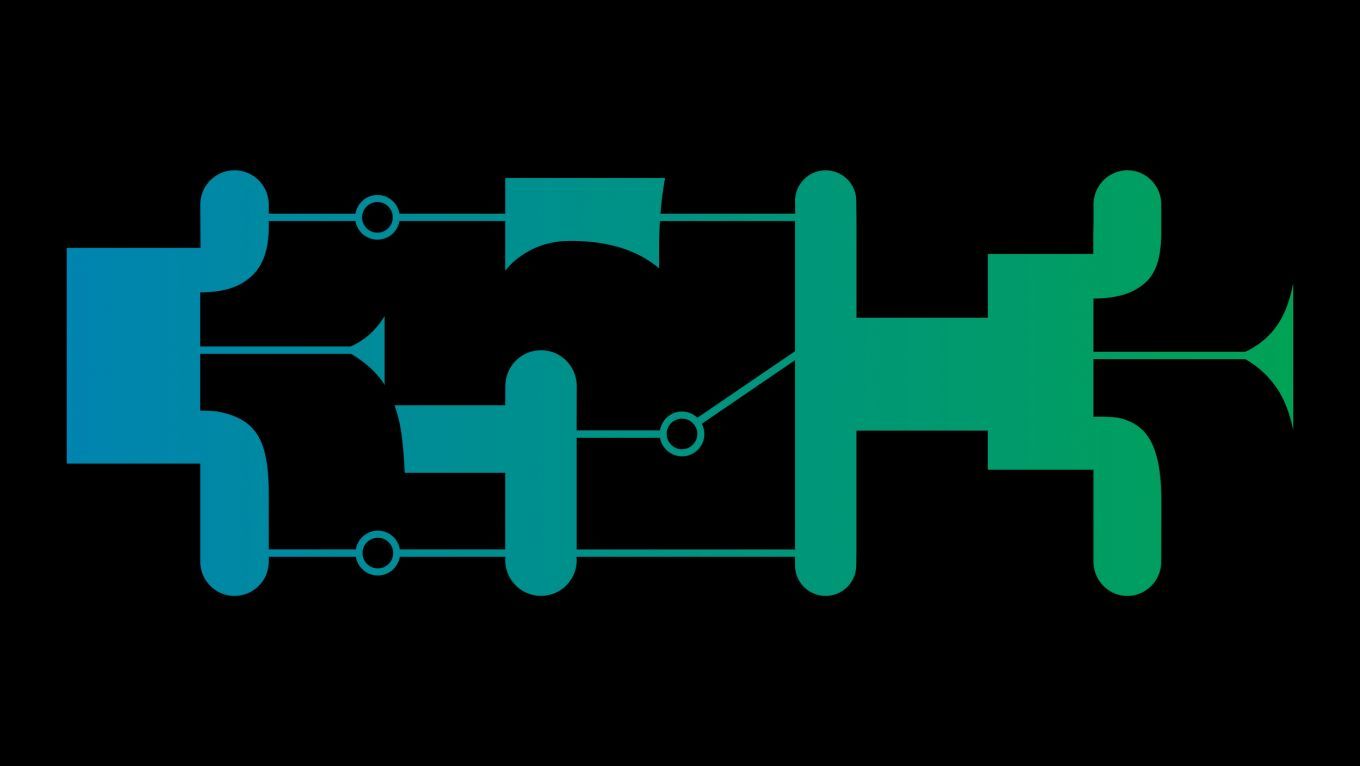Hardware & Making
LibreSilicon
Decentralizing semiconductor manufacturing
December 27, 2018
12:50 PM – 1:50 PM Add to calendar
12:50 PM – 1:50 PM Add to calendar
Eliza
While a lot of projects are currently developing their own processors, mostly as open source in Verilog, VHDL or even Chisel, we miss the free process that actually manufactures these chips. So we're developing the "Libre Silicon" project, a portable semiconductor manufacturing process and technology, using only free and open source tools: We would like to introduce the project, who we are, what we are doing and where we are now.
The manufacturing is proprietary and has vendor lock-ins with triple NDAs – one for the process development kit (PDK), the technology itself; – one for the Standard Cell Library you can use to synthesize your RTL; – and even another one for the details of all purchase commitments.
Our purpose is a free and open, community based silicon manufacturing process (GitHub link) without any NDAs, a Standard Cell Library (GitHub link) not only for that process as well as a suitable, refurbished, new-written open source tool chain QtFlow (GitHub link).
During the last couple of months we already developed the first free 1µm process and are now close to manufacturing a first test wafer (GitHub link). Even though 1µm does not sounds very ambitious, this process node is still quite well documented in text books, robust and 5 Volt-tolerant.
Once we get a hang on this, the machinery park in the clean room allows us to shrink down to 500nm and less.
Additional information
| Type | lecture |
|---|---|
| Language | English |
More sessions
| 12/27/18 |
When a electrical device needs to be a piece of art or used as a mechanical component, a printed circuit board is more than a piece of fiberglass with wires embedded in it. In chemical engineering applications internal holes which allow fluids to be transported through the PCB need to be placed in complex precise patterns. As art, holes can be used to create positive and negative space, allowing you to see a charlieplexed LED display as a snowflake. Creating complex shapes in PCB design software ...
|
| 12/27/18 |
<a href="https://www.sigfox.com/">Sigfox</a> is an emerging low-power wide-area network (LP-WAN) technology for IoT devices, comparable to <a href="https://lora-alliance.org/">LoRa</a>. This talk recounts my analysis of Sigfox's radio protocol and presents an open reference implementation of an alternative Sigfox protocol stack. It confirms that while Sigfox ensures authenticity and integrity, transmitted payloads are not confidential. This presentation is targeted at a technical audience with ...
|
| 12/27/18 |
Encoding or decoding random radio-waveforms doesn't need incredible expensive hardware anymore which offers new possibilities for building up over-the-air communication systems. There are Software Defined Radios providing affordable cellular radio to remote villages, Community Radios are using SDR to build up digital radio networks and other cool stuff. Some basic knowledge what is going on in SDR Hard/Software as the influence of the samplerate, I/Q-data of the math behind the waterfall-diagram ...
|
| 12/27/18 |
Open Source firmware ist ein Begriff seit 1999 wo LinuxBIOS (coreboot) und u-boot als Projekt starteten. Heute nach fast 20 Jahren ist endlich Open Source firmware bei den Herstellern von Hardware angekommen: Google Chromebooks - coreboot Facebook Open Compute Hardware - coreboot / LinuxBoot Purism Laptops - coreboot Microsoft Olympus - TianoCore Microsoft Surface - TianoCore IBM Power 9 - Hostboot / Skiboot ARM Hardware - ARM Trusted Firmware Intel Minnowboard - TianoCore, coreboot A lot ...
|
| 12/28/18 |
The <a href="http://symbiflow.github.io">SymbiFlow project</a> aims to be the "GCC of FPGAs" - a fully open source toolchain supporting, multiple FPGAs from different vendors. Allowing compilation from Verilog to bitstream without touching vendor provided tools, it includes support for large modern FPGAs like the Lattice ECP5 and Xilinx 7 series. These FPGAs can be used for things previously out of reach of FOSS tools, things like high resolution video and many gigabit networking. We have also ...
|
| 12/28/18 |
Project IceStorm provides the first end-to-end open source FPGA toolchain, was originally presented at 32c3, and only targetted Lattice iCE40 FPGAs. nextpnr is the next big step for open source FPGA tools, providing a retargetable open source FPGA place-and-route tool that will enable open source flows for many different FPGAs from many different vendors.
|
| 12/28/18 |
Teaching beginners how to program is often <i>hard</i>. We love building programs, and seeing our loved ones struggle with this is painful. Showing them how to copy-paste a few example programs and change a few parameters is easy, but bridging from there to building substantial programs is a different game entirely. This talk is about how to teach programming successfully, through comprehensible <i>design recipes</i>, which anyone can follow, using languages and tools designed for beginners. ...
|

